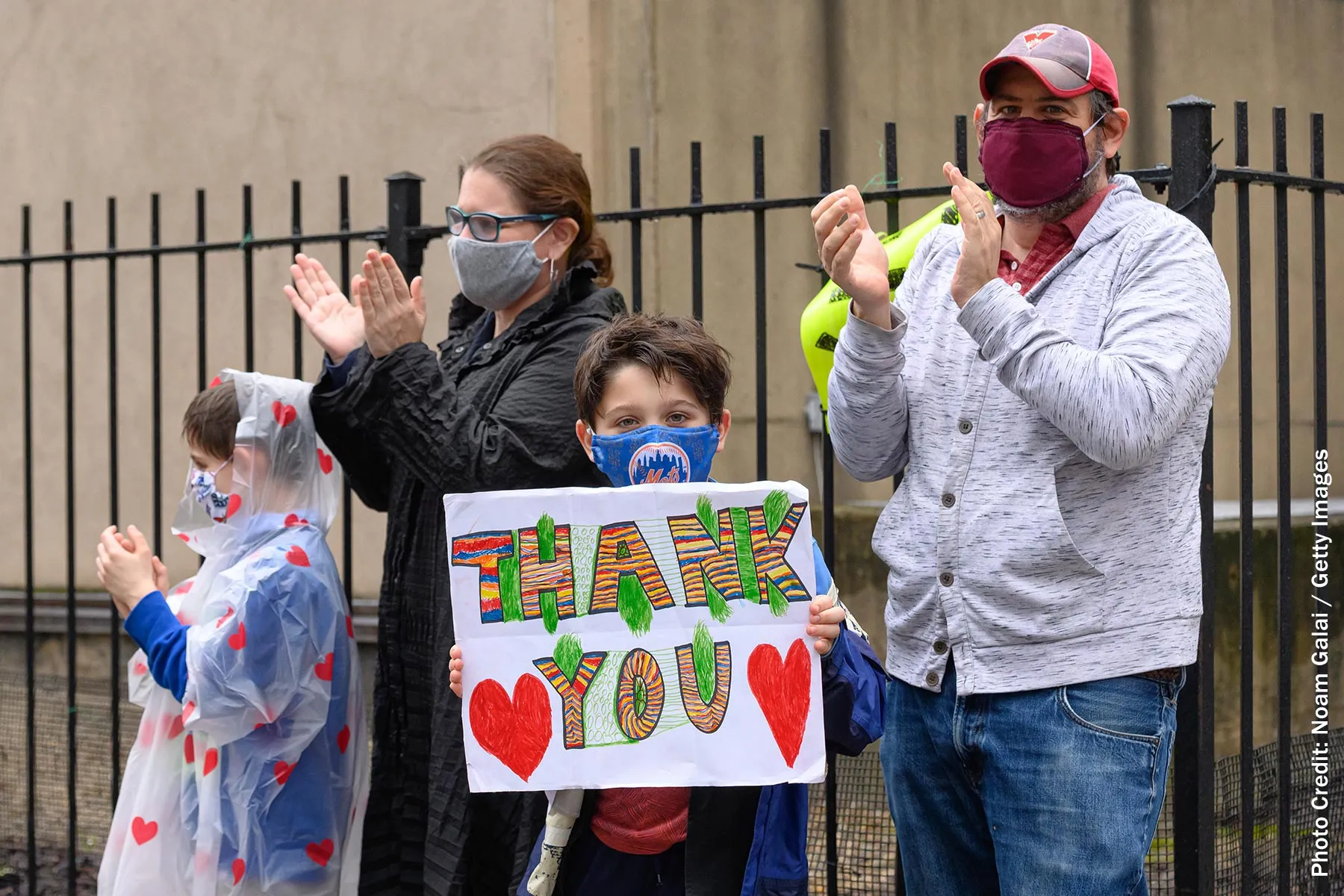Lung Cancer: What Are The Main Causes?
Discover the key risk factors, including smoking, pollution, and genetic influences, that contribute to lung cancer development.

Lung cancer is among the most widespread and deadly types of cancer in the world, liable for millions of deaths every year. It is caused when the abnormal cells of the lungs multiply in uncontrollable ways, creating an abnormality that interferes with normal function in the respiratory system.
Lenalidomide 5 mg is an oral medication used primarily in the treatment of multiple myeloma and certain blood disorders. It works by enhancing the immune system to attack cancer cells and inhibiting the growth of abnormal cells in the body. Along with chemotherapy or other treatments, Lenalidomide 5 mg plays a crucial role in managing cancer and improving patient outcomes.
What Are the Main Causes of Lung Cancer?
The main factors that cause lung cancer are broadly classified into genetic, environmental, and lifestyle-related factors. These causes can increase the likelihood of developing cancer in the lungs, or combine to increase the growth of cancerous lung cancer cells.
1. Tobacco Smoking
A widely publicized and important reason for lung cancer is smoking. The smoke from cigarettes has more than 7,000 chemicals, some of which are carcinogenic (cancer-causing). Carcinogens found in cigarettes can harm the DNA of lung cells, causing changes that could lead to cancer. Smoking cigarettes is responsible for about 85 percent of lung cancer-related cases which makes it the most common cause.
Active smokers as well as people exposed to smoke from second-hand sources have a higher risk of developing lung cancer. Even people who stopped smoking cigarettes a few years ago are at an increased risk of lung cancer because the harm caused by smoking continues over time. It is important to remember that the risk of developing lung cancer is higher for those who smoke for a long time since the more time exposure to smoke from tobacco, the higher the chance of developing lung cancer.
2. Radon Exposure
Radon is a natural radioactive gas that can be found in soil, rocks, and water. It can enter the structure of homes and houses through cracks in foundations and is the 2nd leading reason for lung cancers in the United States. Radon exposure is especially dangerous because it has no odor and is invisible, which makes it difficult to detect if not properly tested.
Inhaling Radon particles can cause damage to lung cells which increases the chance of developing lung cancer. Radon exposure is particularly risky for smokers because smoking in combination with radon exposure greatly increases the risk of developing lung cancer. Examining for radon at home, and implementing measures to minimize exposure may help to reduce the risk.
3. Occupational Hazards (Asbestos and Other Carcinogens)
Certain occupations and workplaces expose workers to dangerous substances that could raise the chance of developing lung cancer. Asbestos is among the most potent carcinogens that are associated with lung cancer. People working in industries like shipbuilding, construction, and manufacturing that were in contact with asbestos fibers have a greater chance of developing lung cancer and mesothelioma too, an uncommon form of cancer that can be linked to asbestos exposure.
Other chemicals like arsenic, silica, diesel exhaust, and arsenic dust may also increase the risk of lung cancer, particularly in jobs such as oil drilling, and mining as well as certain types that involve factory workers. For those who work in these types of environments, appropriate security measures, including protection equipment, as well as regular health screenings, could reduce the risk.
4. Air Pollution
Exposure to long-term pollution from the air, especially in urban areas that have large levels of industrial and traffic could increase the risk of developing lung cancer. Fine particles (PM2.5) are an element that is a result of pollution in the air and could get into the lungs, causing inflammation and harm to the lungs. Research has demonstrated a clear connection between exposure to air pollution and the formation of lung cancer particularly among those living in areas with high levels of pollution.
In addition, there is a higher risk in those who have pre-existing respiratory ailments, like asthma or chronic obstructive respiratory disease (COPD) because their lungs already suffer from impairment. The reduction of air pollution and exposure to harmful fumes can aid in reducing the chance of developing cancer of the lung.
5. Genetic Factors
Genetics can also play a part in the formation of lung cancer. Although smoking and exposure to environmental toxins are the primary risk factors, people with a background of cancer are at greater risk. Certain genetic mutations inherited from the family can cause lung cells to become more prone to the harm caused by carcinogens.
Lung cancer can develop even in individuals who have never smoked or had exposure to toxic substances. Research is ongoing to understand genetic causes and their impact on cancer progression. Imbruvica 140 mg may play a role in targeted cancer therapies, offering hope for better outcomes.
6. Previous Lung Disease
People who have been diagnosed with specific lung diseases, like chronic obstructive pulmonary disorder (COPD) as well as pulmonary disease fibrosis, are at greater likelihood of developing cancer of the lung. The constant inflammation triggered by these conditions may cause changes to lung cells, thereby increasing the chance of developing cancer. Furthermore, people who have a history of tuberculosis or other lung diseases may be more susceptible to lung cancer.
Symptoms of Lung Cancer
Lung cancer can develop silently with no or few symptoms at the beginning. As the tumor expands h,however, a range of symptoms can start to manifest, such as:
-
Chronic cough
-
The coughing up of blood or blood-tinted sputum
-
Breathing problems
-
Pain or discomfort in the chest
-
Unexplained weight loss
-
Fatigue
-
Hoarseness
If you are experiencing some of these signs you need to see a doctor particularly if you are a high-risk element for lung cancer, such as smoking or exposure to environmental factors.
Lung Cancer Treatments
The treatment of lung cancer is contingent on many factors, such as the severity of the disease kind of cancer that is present the overall health of the patient, and individual preferences. The two major kinds that lung cancer can be classified as non-small cell lung carcinoma (NSCLC) as well as small-cell lung cancer (SCLC) and treatment options vary depending on the type of cancer.
1. Surgery
Surgery is typically advised for patients suffering from early-stage lung cancer, especially in cases where the tumor is located in the same area and has not expanded to other regions. Surgery options could include the removal of a portion of the entire lung (lobectomy) or in cases of more severe severity the entire lung (pneumonectomy). Surgery may be curative in some instances, particularly when the cancer is detected in the early stages and hasn't spread.
2. Radiation Therapy
Radiation therapy utilizes high-energy X-rays to kill cancerous cells. It is often employed when surgery isn't an option, or when it is believed that cancer may have spread to different parts of. It can also be utilized as a treatment for palliative purposes to alleviate symptoms such as breathing difficulties or pain.
3. Chemotherapy
Chemotherapy is the process of using powerful drugs that kill cancerous cells throughout the body. It can be utilized alongside radiation therapy or surgery as the main treatment option for lung cancer that is advanced. Cancer. Chemotherapy is commonly used to treat both NSCLC as well as SCLC however it could cause side negative effects like nausea, fatigue, and hair loss.
4. Targeted Therapy
The term "targeted therapy" refers to the use of specific drugs to address the molecular modifications within cancer cells. These treatments are intended to stop the growth of cancerous cells while minimizing the harm to healthy cells. It is commonly employed in patients with advanced lung cancerwhot are not small cells that are affected by particular genetic mutations.
5. Immunotherapy
Immunotherapy is a therapy that aids the immune system of the body in recognizing and fighting cancerous cells. It has been shown to have promising results in the treatment of advanced lung cancers, particularly when other treatments have failed. The most common use of immunotherapy is for lung cancer that is not a small cell but is also being investigated for small-cell lung cancer. Lenalidomide 25 mg is a medication used in the treatment of multiple myeloma and certain blood disorders, working by enhancing the immune system and inhibiting cancer cell growth.
Conclusion
Lung cancer can be a multifaceted illness that has many causes that range from lifestyle choices such as smoking to genetic and environmental causes. If you understand the major causes of lung cancer as well as the risk factors that are involved patients can make educated choices to minimize the risk of developing. The early detection of lung cancer is essential for better outcomes. Furthermore, advances in the treatment of lung cancer including chemotherapy, surgery radiation therapy, surgery, and immunotherapy, have dramatically increased survival rates. If you're in danger or are experiencing symptoms, it's essential to seek out a medical professional to determine the early signs and get suitable treatment.
What's Your Reaction?

















